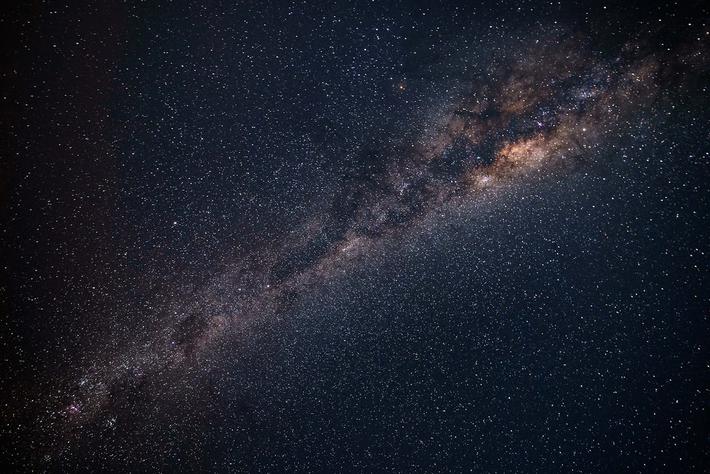A canal runs through it
Sept. 26, 2010
A Canal Runs Through ItTravel is expensive, especially in America. Thus, the arrival of the
so-called “staycation,” the oxymoronic equivalent of a cruel joke
perpetuated on people who are unaware of cheaper options.
There is an exciting alternative with a rock bottom budget, however:
bicycle camping.
The only problem is, only an idiot or a fool would do it; or so you
think the fourth time a bungee cord has snapped you in the face while
strapping a pair of bulging panniers, tent and sleeping bag onto your
bike. It seems unlikely this clumsy load will make it an hour down the
road, much less 185 miles down a trail through a dense forest where
the nearest help is many miles away.
Whatever; cheap thrills are on my mind this week because my wife
Jeannette and I have just completed cycling the C&O Canal Trail from
Cumberland, Maryland to Washington, D.C. If you’re looking for a
vacation idea that costs next to nothing, yet involves a healthful
dose of adventure, this trail, enjoyed by thousands of through-riders,
is well worth checking out.
Riding the C&O Canal Trail takes you 150 years into the past. It’s an
old tow path that runs along the north bank of the Potomac River
through some of the most stirring scenes of American history. Once,
mule teams dragged 90-foot canal boats up this waterway, filled with
120 tons of cargo. In fact, you feel a bit like a mule yourself, with
your bike loaded with canned chili, chicken, rice, pasta, breakfast
bars and three liters of wine. That’s because the second rule of bike
camping is to eat well around the campfire each night -- with the
first rule being to take along everything you could possibly need to
fix a breakdown.
God help you if you have a breakdown out here, because few roads cross
the path and it’s often 25-40 miles between towns, some of which are
rather desolate places.
It’s a deep, wild forest all the way to D.C.
The Chesapeake & Ohio Canal was built between 1828 and 1850 at a time
when canals and rivers served as America’s freight highways. It was
used to transport lumber, coal, wheat and produce through a pass in
the Allegheny Mountains from Pittsburgh and the Ohio River Valley.
During the early 1800s, America was in a canal-building frenzy, with
immigrants from Ireland and other European countries employed at
digging the Erie Canal, Welland Canal, and the C&O Canal, among many
others. Many of you readers probably had ancestors who worked on these
canals in America’s youth, breaking their backs with shovels and picks
or blasting rock with black powder.
The Confederate and Union armies fought back and forth along the canal
and the Potomac River. You pass near the Civil War battleground of
Antietem and Sharpsburg, which hosted the bloodiest day of the war. It
was here on Sept. 17, 1862 that 23,000 men died in a single day as the
forces of Confederate General Robert E. Lee clashed with Union Army
Major Center George McClellan in an attack on the North.
Harper’s Ferry is also a stop along the route: the site of a United
States Armory and Arsenal that was attacked by radical abolitionist
John Brown and 22 raiders on Oct. 16, 1859. Brown hoped to seize
100,000 firearms to arm the slaves for an uprising in the South. But
Brown and his men were bottled up in a small firehouse during an
intense firefight. He was stabbed in the leg with a sword during the
seige, captured, and hung for treason in nearby Charles Town in early
December.
The spread of railroads put an end to the canal boom, and although the
C&O was used until 1924, periodic floods and rail competition put it
out of business.
In 1954, U.S. Supreme Court Justice William O. Douglas, newsmen from
the Washington Post, and a band of supporters staged an eight-day hike
to save the old towpath from destruction. Thanks to the judge, the
towpath and canal were turned into a National Historic Park in 1971.
On our fourth afternoon of riding, we emerged from a jungle of vines
to find the Key Bridge and Washington Monument before us. Within
minutes, we rolled into historic, cobble-bricked Georgetown, the
yuppie section of Washington, D.C.; a place filled with restaurants,
boutiques, lobbyists and lawmakers. And me with an absolutely filthy
tank top (who knew bike camping could be such a dirty business?).
But we’d enjoyed a perfect trip under sunny skies and 80-degree
weather, with no headlong plunges into the canal, sidewall blowouts or
bear collisions to report.
If you’re so inclined (as we were), you can keep on riding south
across the Key Bridge another 18 miles to Mt. Vernon, the farm where
George Washington spent his final years.
Washington, as you may know, enjoyed a daily horseback ride around the
miles of his plantation. Perhaps he too would have enjoyed cycling the
C&O Canal if he were with us today. After all, he tramped and rode
through much of the same ground as a young surveyor, prior to the
American Revolution.
One more thing -- even if you’ve never bike camped before -- as was
the case with Jeannette (she loved it) -- one thing that both
newcomers and old camping veterans agree upon is that your first
shower off the trail sure feels like heaven.
Trending

Springtime Jazz with NMC
Award-winning vibraphonist Jim Cooper has been playing the vibraphone for over 45 years and has performed with jazz artist... Read More >>
Dark Skies and Bright Stars
You may know Emmet County is home to Headlands International Dark Sky Park, where uninterrupted Lake Michigan shoreline is... Read More >>
Community Impact Market
No need to drive through the orange barrels this weekend: Many of your favorite businesses from Traverse City’s majo... Read More >>


